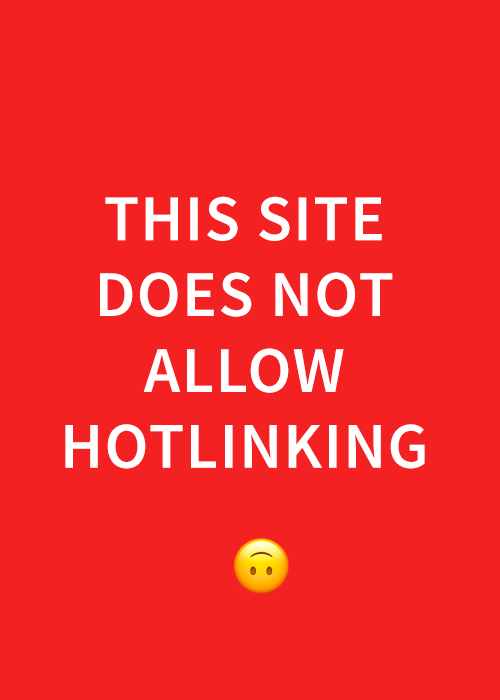Typographic Collage Illustration
Illustration for the cover of Grantmakers in the Arts Magazine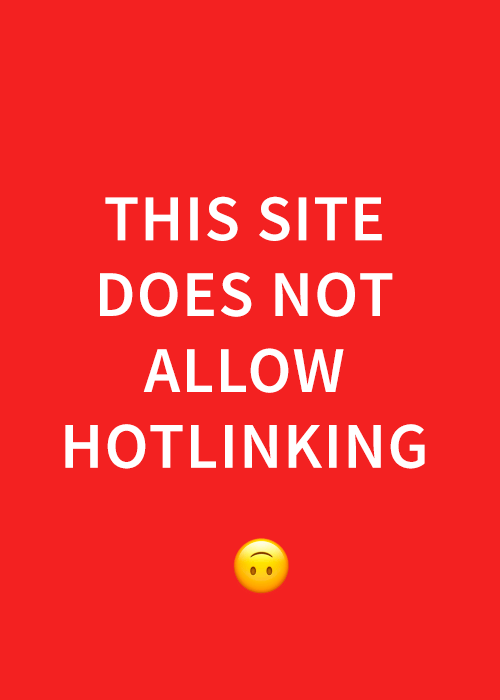
Sometimes a project comes along that allows me to blend my fine art background in printmaking with graphic design. The cover illustration for GIA Reader was a wonderful opportunity to mix it up between media. The brief was very open, with the only requirement being that I use the numerals 25, to indicate the 25th year celebration of the organization. Oh, and “make it beautiful and make it art.”
Inspiration was immediate: finally a chance to use my life-long love of parking lot floors in design. Few things are more beautiful than distressed concrete. And all the numbers you could need are ready to be found, right there under the oil spots and strange fluorescent shadows of level B in that very particular random garage (the location of which shall remain undisclosed…. ). Although I am usually asked to do hand-lettering and calligraphy I felt that found elements and collage would be much more in keeping with the language of contemporary arts. The fine art I show in galleries is about transforming the ordinary, the industrial detritus and empty lots and unkempt moments of nature that one might not immediately recognize as beautiful. In this typographic cover illustration I could blend a graphic design sensibility with my artistic vision.
In the studies for this project I kept in mind the aesthetic and processes of printmaking. Photoshop is our contemporary version of the printing press. Each layer can function as a ‘plate’ and one can wipe and burn and layer as though using zinc. Thinking this way leads to different ways of putting things together, and a final product that contains some mystery and tactile magic that might not emerge from typical digital design processes. Here are some of the many directions and variations I tested out, all using original photography and digital collage. I’ve added my notes on what I thought was successful or not.
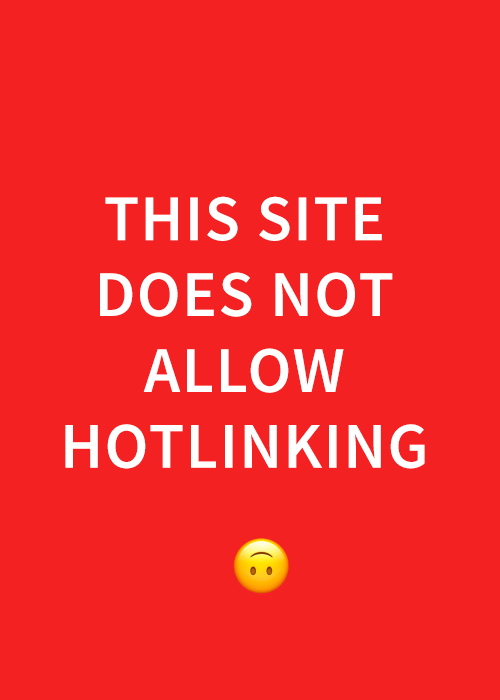
Typographic Collage 2 © Iskra Design (I liked this, but perhaps the dreamy cyan blue is too pretty.)
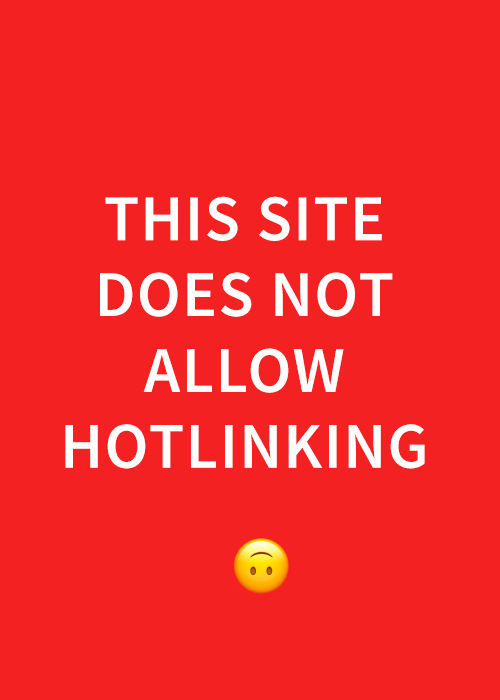
Driveby Composition 1 © Iskra Design (I loved this one, and it was the runner up. It has all the printmakerly qualities I look for in my collages. For editorial purposes the numbers weren’t prominent enough in the composition.)
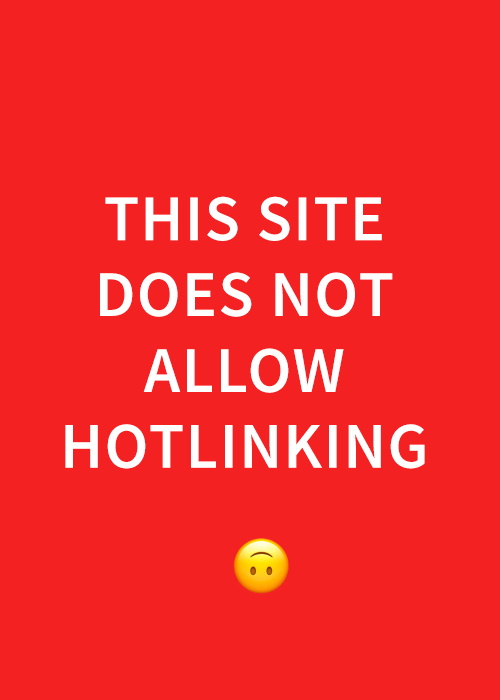
Typographic Composition 3, Unfound Letters © Iskra Design (An attempt to bypass found letters and use an existing font. For an arts organization this looked too much like an annual report.)

Variation with Crosswalks © Iskra Design (Nice, and I get a chance to go crazy with crosswalks, but it still looks too much like graphic design. No amount of artificial distress can overcome the fact that the 25 is a font and not a found numeral.)
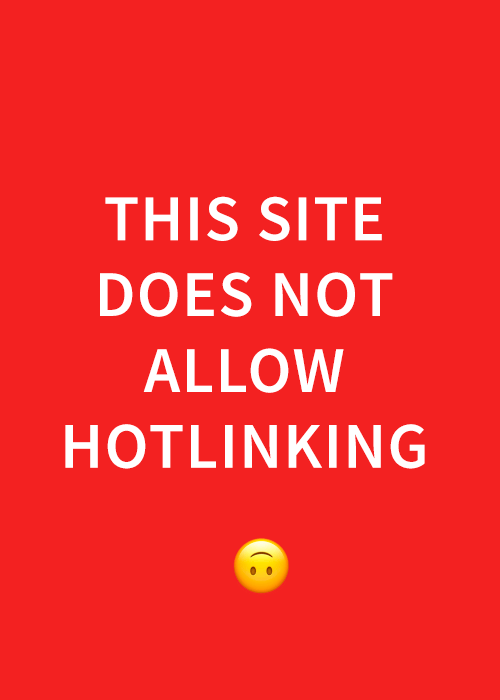
Typographic Etching © Iskra Johnson (Starting to blend characteristics of fabric, collagraph and etching. This is where I want to go. The image source is actual numbers from the floor…..)
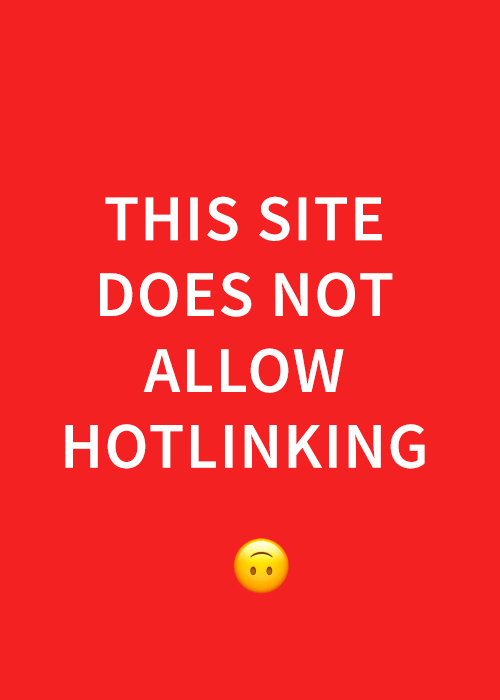
Variation with Wheelchair © Iskra Design
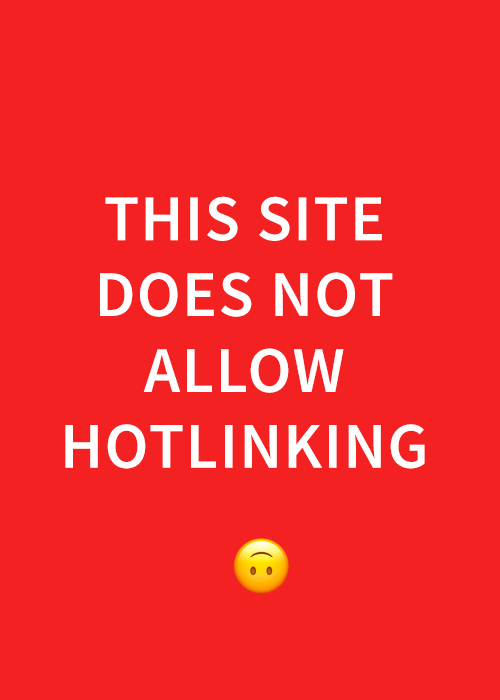
Typographic Etching Revisited: Purple © Iskra Design
The last three directions above seemed to have the best wabi-sabi going on, but what was missing was the sense of the relationship of the numerals in time. The final collage layered the letters themselves more directly, leaving ambiguity between past and present as an integral part of the visual subtext.
